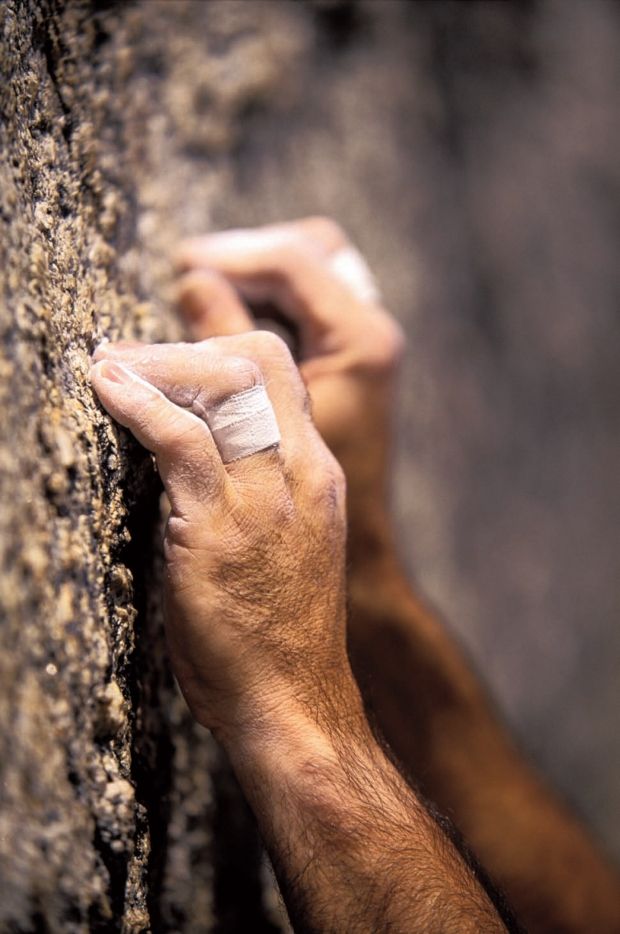How To Write A Perfect Cliff-Hanger
Today’s guest post is by Rachael Cooper. Fiction thrives on conflict. Whether it’s a bank robbery or a breakup, our…

Today’s guest post is by Rachael Cooper. Fiction thrives on conflict. Whether it’s a bank robbery or a breakup, our…

Today’s guest post is by suspense author Erika Mitchell: When I was ten, a family friend took me to Disneyland….

Subscribe to my email blasts to level up your writing and be notified of upcoming events and offers!
No products in the cart.